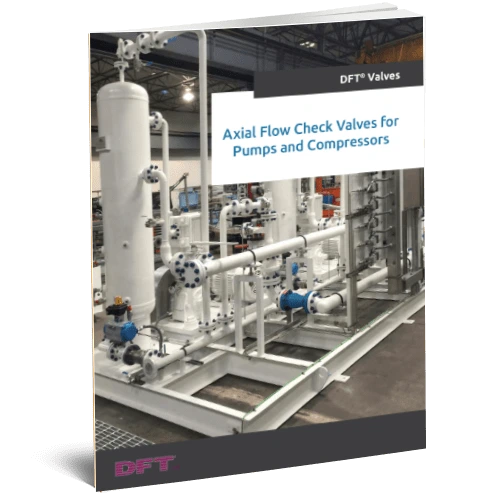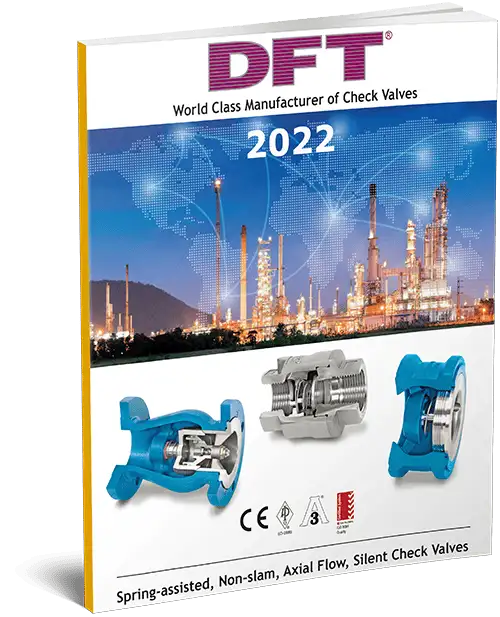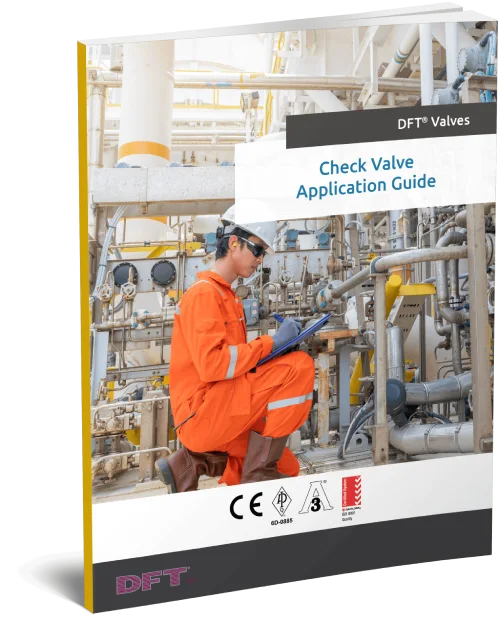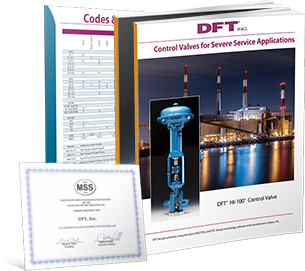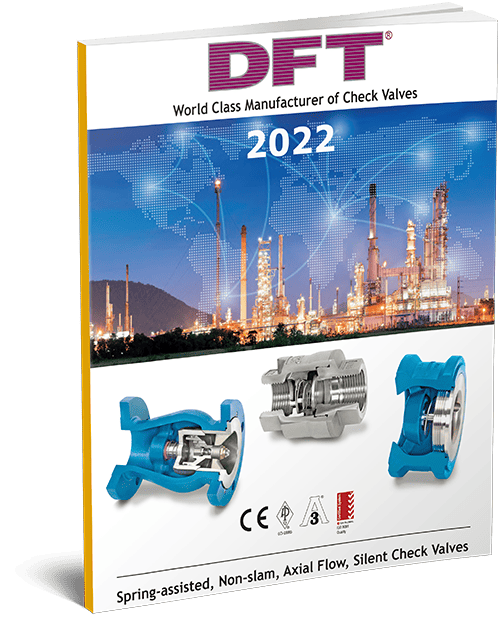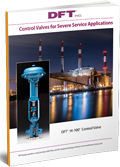Archive: Aug 2014
Consequences of and Solutions to Water Hammer
Comments Off on Consequences of and Solutions to Water HammerWater hammer is a phenomenon that can be either a mild nuisance or a severe problem. It is usually considered a safety hazard. The extreme pressure caused by water hammer can blow out gaskets and cause pipes to suddenly rupture, causing serious injury to anyone nearby.
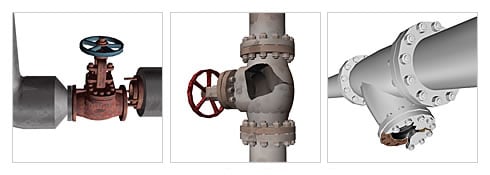
Identifying Water Hammer
Usually, you can identify water hammer by a loud banging or hammering sound coming from pipes, especially after quickly shutting off a water source. This sound is caused by the pressure shockwave hitting some kind of blockage like a closed valve or joint at a high force. The noise can sometimes be deafening, and can sometimes become a major source of stress, especially for any nearby workers.
Damage Caused by Water Hammer
Recurring cases of water hammer, however, are more than just an annoyance. Water hammer can cause serious damage to pipelines, pipe joins gaskets, and all other components of the system like flow meters and pressure gauges. On contact, these pressure spikes can easily exceed five to ten times the working pressure of the system, placing a tremendous amount of stress on the system.
Water hammer can also cause leaks at the joints in the system, crack pipe walls and deform piping support systems. It can be quite expensive to repair or replace damaged pipeline components and equipment. Worse, the cost can grow exponentially if the spill results in an environmental issue.
Solutions to Water Hammer
Water hammer can be prevented or reduced in a number of ways, depending on its cause. Educating and training operators is one of the simplest ways to minimize water hammer caused by hydraulic shock. Training allows operators to learn the importance of properly opening and closing manual or actuated valves, and can take care to minimize the effects of water hammer. Operators can also be more careful in safely opening and closing quarter turn valves like ball valves, butterfly valves, and plug valves.
Another option of reducing the pressure spikes caused by water hammer are water hammer arrestors. Water hammer resistors are components of the piping system that reduce the noise and stress to pipeline systems by absorbing the shock. Just make sure to size and install them properly, otherwise they will not be as effective.
Valves Can Reduce Water Hammer
You can also install check valves in vertical pipe lines. These include swing checks, tilting discs, and double door check valves, all of which can be made to operate in a vertical line. Keep in mind that these will not prevent reversing flow in this orientation, in which case a Silent Check Valve is the best option.
Sometimes the sudden closure of swing check, tilting disc and double door check valves can cause hydraulic shock. You can prevent this by changing these valves with silent of non-slam check valves, such as the kind manufactured by DFT. Rather than reversing flow, silent check valves close when the differential pressure across the closure member of the valve decreases.
Water hammer can be caused when valves slam shut; silent check valves are far less likely to cause this to happen. The valve fully closes when the differential pressure across the disc approaches the cracking pressure of the valve. The fluid then decelerates and decreases momentum before the valve is fully shut. This also ensures that the fluid does not reverse direction.
The Importance of Accurate Check Valve Sizing
1 CommentCheck valves are among a system’s essential components. For greatest efficiency and maximum protection, however, check valves must be properly sized in order to work at their highest level.
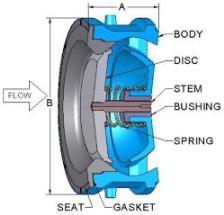
A properly sized check valve will make a system reliable and provide the longest service with the minimal amount of manual attention. Proper sizing will eliminate disc fluttering whether the valve’s disc is in the stable and fully open position against the internal stop, or in the fully closed position against the seat.
Properly sized check valves also contribute to overall cost savings. Appropriate sizing increases the lifespan of the valves, but also improves the longevity of pumps and other related components on the same system. Check valves that are sized correctly function well, and in the process enhance the safety of processes and applications.
Examples of Check Valves
There are a variety of types and styles of check valves. These are applied to a number of processes.
- Ball checks: Ball checks control the movement of flow by using a “ball” inside the body. The ball can freely rotate, resulting in a wearing and wiping action that is suited very well to handle viscous materials. Ball checks can also be spring-loaded to safely lock a system.
- Dual plate: Dual plate valves are made of two spring-loaded semicircular plates with a hinge in the center. These valves are known for their excellent flow capacity, due to their lightweight nature and compact face-to-face dimensions. Their compact size means they need less manual attention, support, and valuable real estate in a system.
- Piston Check: Piston check valves feature a body-guided or stem-guided disc that operates within the body bore. This ensures that the disc and seat are properly aligned when the valve closes. They are available in T pattern and Y pattern body designs. The latter usually have a higher flow coefficient than T pattern bodies.
- Swing Check and Tilting Disc: Swing check valves or tilting disc valves are designed with a hinged arm at the top of the valves. Gravity and reverse flow are the chief mechanisms responsible for closing this valve. These valves come with a variety of connections, such as socket weld, flanged, threaded, ring type joint or butt weld end connections.
- Spring Assisted In-Line/Axial Flow Check: These valves are also sometimes referred to as Nozzle Check or Silent Check Valves. Their primary design function is to prevent reverse flow and reduce or even eliminate water hammer. The mechanism behind this is a spring-assisted disc, constructed in line with the flow with a short travel distance, which acts as a fast-closing valve. These valves can be installed in any position, with either vertical or horizontal pipe runs, and is available with a number of different styles and end configurations.
Correct Sizing Means Best Fluid Handling
Before purchasing valves, be sure to consider a number of factors that go with it, chief among them proper sizing. Properly sized valves will prevent malfunctions and ensure that a system operates reliably and efficiently. All related system components will last longer and safety—both for the workers and the valves—will be enhanced.
Check valves play a central role in fluid handling systems, and it is crucial to ensure that they are properly sized. Consulting a qualified professional and carefully considering your options will help you choose the best check valve, and ultimately help your bottom line. The best valve choice gets you the most out of your systems and equipment for the longest possible and most efficient performance.







